Memphians are facing a public transit crisis.
Ask anyone who relies on our bus system to get to work or school or uses it to run routine errands, and they’ll tell you the same thing: Buses are unreliable, the rides are too long, and, in many cases, their routes are nonsensical. Riders from neighborhoods that were previously served by routes like the 31 Crosstown now find themselves without a dedicated bus route, which means a long walk to the closest bus stop and an even longer ride to their destination. Routes to major employment centers are basically nonexistent from these neighborhoods, furthering the economic segregation that, you guessed it, intersects with race: Black Memphians in particular make up 90 percent of bus riders, and over 30 percent of these Memphians live in poverty. The median annual income of workers who use public transit is just over $16,000, and transportation expenses consume 27 percent of their median household income.
Memphis Area Transit Authority CEO Ron Garrison agrees that there is a public transit crisis. In separate columns in The Commercial Appeal and The Memphis Flyer, Garrison painted a dire picture of MATA’s ongoing financial state. According to his most recent column, MATA is underfunded by more than $20 million in comparison to peer cities’ transit systems, due in large part to decreased ridership and targeted budget cuts during Mayor A C Wharton’s tenure. Garrison acknowledges that these factors have forced MATA to make some tough decisions — such as consolidating the routes of the 31 Crosstown, 43 Elvis Presley, and 10 Watkins into the new 42 Crosstown route — that have further impacted ridership and increased ill will between MATA and bus riders. Garrison’s Flyer column ends with the MATA CEO imploring riders and other concerned citizens to contact their elected officials and ask that they give more consideration to MATA’s funding issues.
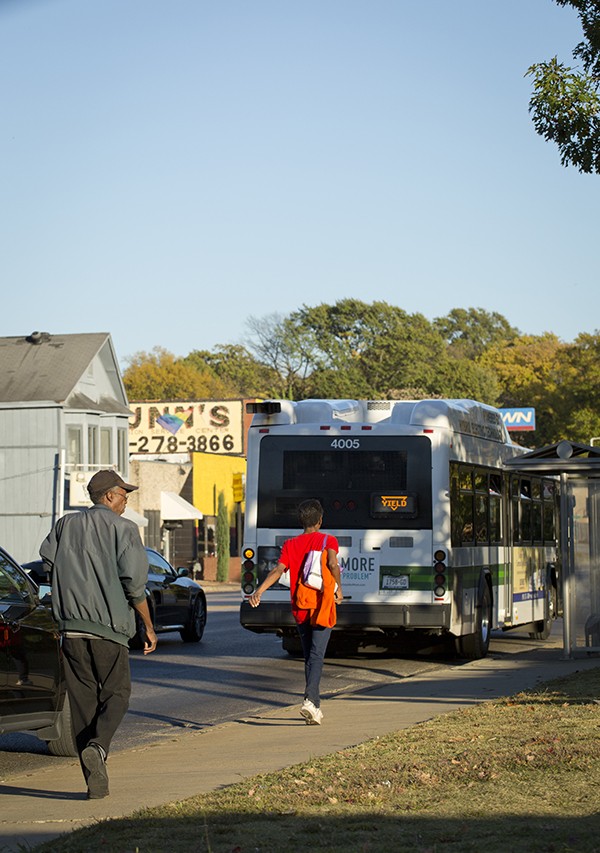 Justin Fox Burks
Justin Fox Burks
Members of the Memphis Bus Riders Union (MBRU), an advocacy group of bus riders founded by “Mother” Georgia A. King, will point out instances where previous significant funding awards were dedicated to reinstating the downtown trolley system instead of restoring key services to underserved neighborhoods and increasing the overall effectiveness of routes outside of downtown. Members of the Amalgamated Transit Union Local 713, who have partnered with the MBRU, agree. In his Commercial Appeal column, Garrison identifies the restarting of the trolleys as an important goal for future MATA operations. MBRU members are long past disappointment at these statements, instead attributing the seeming dismissal of their concerns to a longstanding philosophy that prioritizes the concerns of business-minded developers over those of everyday citizens.
The Memphis Bus Riders Union has called the 31 Crosstown “a lifeline” for thousands of Memphians who often could not afford the cost or upkeep of a vehicle and lived in segregation far from their jobs or schools. MATA employees credit the 2012 Short Range Transit Plan (SRTP), conducted by Nelson\Nygaard Consulting Associates, as key to their decision to consolidate old routes into the new 42 Crosstown route. The SRTP did indeed call for consolidation of routes that used the same thoroughfares. It also positioned downtown Memphis as MATA’s strongest market for riders, criticized circuitous neighborhood routes, and identified MATA’s current funding woes vis-à-vis cities with similar populations and transit system considerations. But the SRTP also cited North Memphis, South Memphis, and Frayser as rapidly increasing transit use neighborhoods and advised MATA about the necessity of broad geographic coverage for riders.
I am a former bus rider. My first time catching the 31 Crosstown bus was when I was 8 years old: I rode it to school. In times when my family didn’t have a car, we relied on it to get to work and run household errands, like buying groceries and paying bills. I caught the 31 Crosstown at a stop on the corner of Firestone and Tully — a stop that does not exist on the 42 Crosstown’s current route. My ride on the 31 Crosstown would end at the intersection of Vollintine and Watkins, where I would then cross both streets to catch the 10 Watkins to Delano Elementary School. If I had to catch the current bus, the 42 Crosstown, I would have to find some way to get to the Vollintine and Watkins stop, the closest stop on the 42 Crosstown’s route to my home in North Memphis. If I were a student trying to get to Manassas High School from New Chicago, which my younger brother currently does, I would have to walk a mile down Firestone, a street full of industrial blight with few safe crosswalks or sidewalks. Students of the former Northside High School who have been re-zoned to Manassas face an even longer walk to their new school.
The increased difficulty of student access has undoubtedly led to closures of historic neighborhood schools like Northside and Booker T. Washington. People who live in the neighborhood now called Uptown have no real route out of their community and into employment or shopping districts of the city. I imagine that the same reality exists for residents of the Riverview-Kansas neighborhood that bookended the southern end of the 31 Crosstown’s route. Reinstating the former routes or creating new routes that more adequately serve neighborhood residents would be a start to fixing this. Investing funding toward repairing these routes in addition to repairing the trolleys would work as well.
Memphis cannot continue to provide inadequate transit services to its riders. Our ineffecient, underfunded transit system contributes to the massive economic and racial segregation that affects countless citizens in this city, and we continue that segregation to our own detriment. According to a 2015 report from the American Public Transportation Association, every dollar we spend on a safe, effective public transit system can generate $4 in economic returns. Public transit drives the local economy and directly generates business sales, revenues and new private investment through ridership expansion and an increasingly mobile workforce.
Memphis is enjoying a period of exciting growth right now, but continued equitable development depends on a strong, reliable public transit system that adequately serves all citizens. As is the case with so many other public concerns, true change in this area will require work from everyone, not just those concerned or an affected few.
Troy L. Wiggins is a Memphian and writer whose work has appeared in the Memphis Noir anthology and Make Memphis magazine.

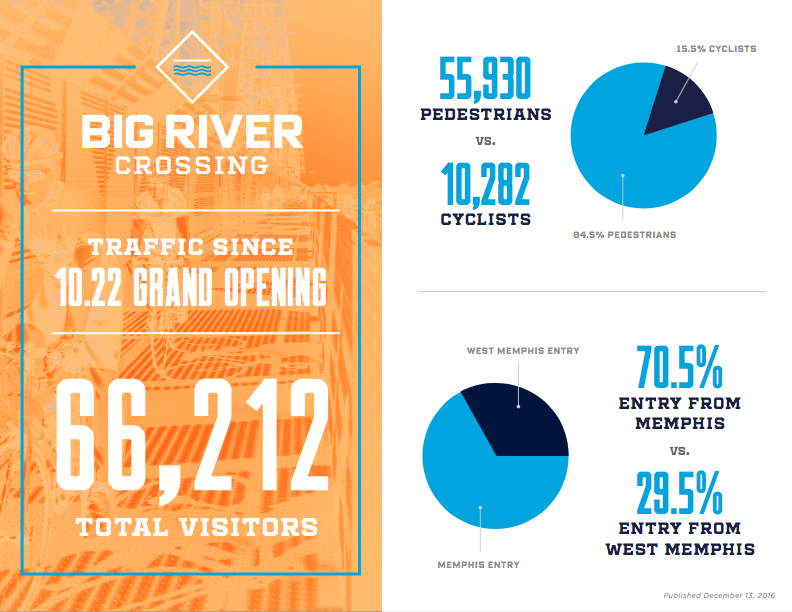 DCA
DCA 
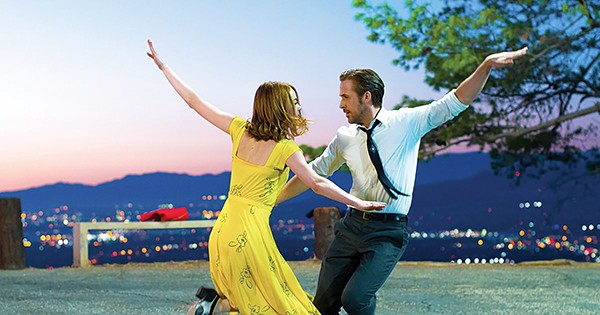
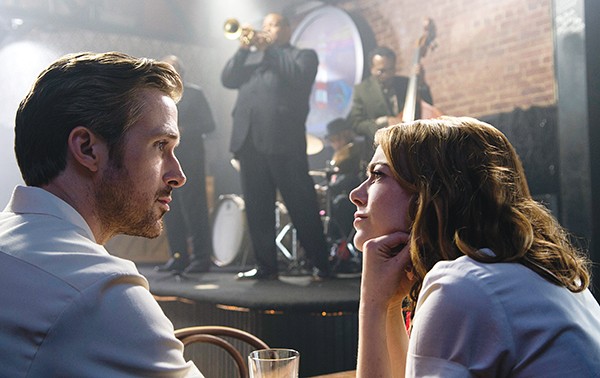
 Joan Marcus
Joan Marcus 
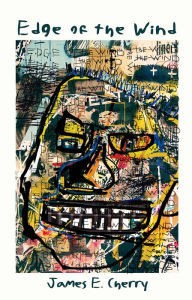
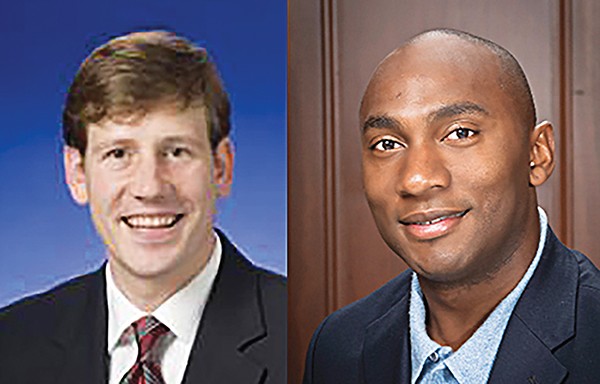
 Larry Kuzniewski
Larry Kuzniewski  Larry Kuzniewski
Larry Kuzniewski